In English
14 de novembro de 2019
A Bank for the Young – Level 3
In 2012, Jose Adolfo Condori founded the world’s first bank for children and young people, the Banco del Estudiante Bartselana.
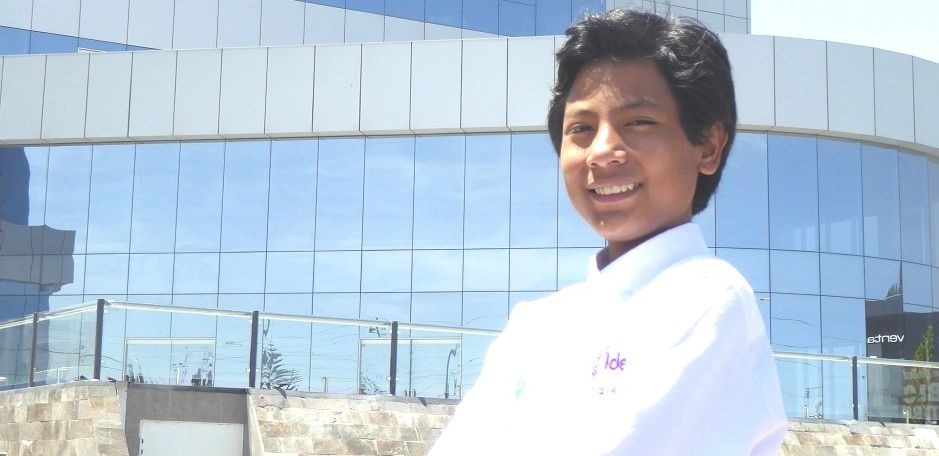


By third grade students from Pentágono – Unidade Morumbi (SP)
“The main advantage is that at our bank kids are the most important thing, so we give them our full attention.” This statement came from 13-year-old Peruvian Jose Adolfo Condori. In 2012, he founded the world’s first bank for children and young people, the Banco del Estudiante Bartselana. At this institution, those who sign up learn to manage their own money and do banking operations, such as withdrawals at automatic cash machines.
With clients aged from 7 to 29, the bank’s goal is to teach financial education in a practical and fun way. Also, the project encourages young people to learn about entrepreneurship (when a person creates their own business) and care for the environment.
To open an account, for example, those who are interested have to bring a minimum of two kilos of unused white paper for recycling. Afterwards, clients have to forward at least one kilo of paper for waste collection every month. The material acts as an “eco-coin”: the bank’s clients sell the paper to recycling centres and receive the equivalent amount as a deposit in their bank account.
To find out more about the bank’s history and how it works, third grade Pentágono – Unidade Morumbi (SP) students asked Jose a few questions. Check them out below:
Where did the idea of creating a bank come from?
The idea came from seeing children in my town, Arequipa, in Peru, working or begging instead of being in school. I noticed large quantities of trash thrown on the streets and in rivers, and I saw that my friends did not have any money to make photocopies of homework sheets or buy school material.
For a child, what are the advantages of being a client at your bank?
The main advantage is that at our bank, children are the most important thing, so we give them all our full attention. Clients get free training in financial education and entrepreneurship. Aside from that, the coin for financial operations is solid waste, our “eco-coin”.
How do you feel being a bank owner?
The truth is that I do not consider myself the owner of the bank. The owners are all the children who are part of the project.
Have you faced challenges and thought of giving up?
Yes, I thought of giving up in 2017. Throughout 2016, I was bullied by colleagues and teachers who picked on the bank’s project. I think they were jealous of the national and international achievements reached by the project. In the end, I realised that if I gave up, the children who believed in my idea would be disappointed. Aside from that, when I saw the positive impact generated by the bank, I realised that it would not make sense to abandon it. That is why the bank is still active and growing each day.
Do you think about writing a book about your story?
Some people have already written a book about me. In fact, there are documentaries and a movie about my life. But yes, I do think about writing a book myself and telling my story.
Do you have plans to start the bank in other countries?
Yes, I do. What stops me is the lack of financial resources. There are people from all over the world who are interested in the project. In 2020, we should have branches throughout Peru and in some countries, including Bolivia, Chile, Ecuador, Colombia, and Brazil.
Will Brazilian children be able to open an account in your bank?
Yes, starting on November 15th, 2019. We are finishing the planning to make the dream of serving children in other countries a reality.
How were you able to convince adults that your bank would work?
I showed them that the idea worked and presented the results of Banco del Estudiante. Adults think that we children are only able to study and play. My biggest challenge was overcoming discrimination from adults because of my age.
What is the most important advice on financial education you can give children?
Fight for your ideas and be brave when facing challenges. Believe in your dreams and when you carry them out, be passionate about what you are doing.
Questions
1)Why is the term “eco-coin” used in quotation marks?
a) The word has been adapted to explain a term that does not exist in dictionaries.
b) To highlight the word.
c) To introduce Jose’s speech.
d) To introduce a word in Spanish, Jose’s language
Correct answer: A
2) According to the text, which will be the Banco del Estudiante’s next steps?
Ixi! Você bateu no paywall!
Ainda não é assinante? Assine agora e tenha acesso ilimitado ao conteúdo do Joca.
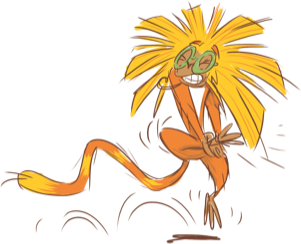
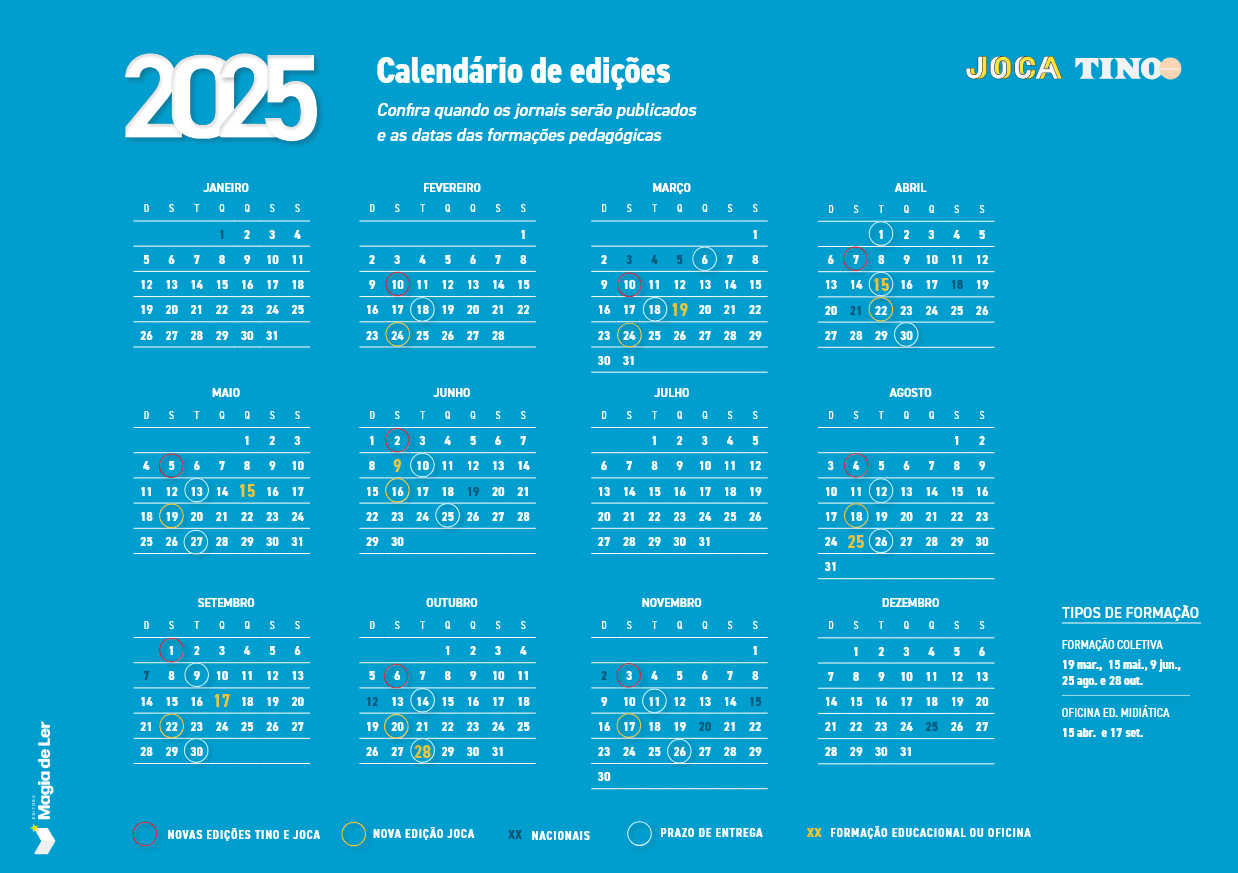
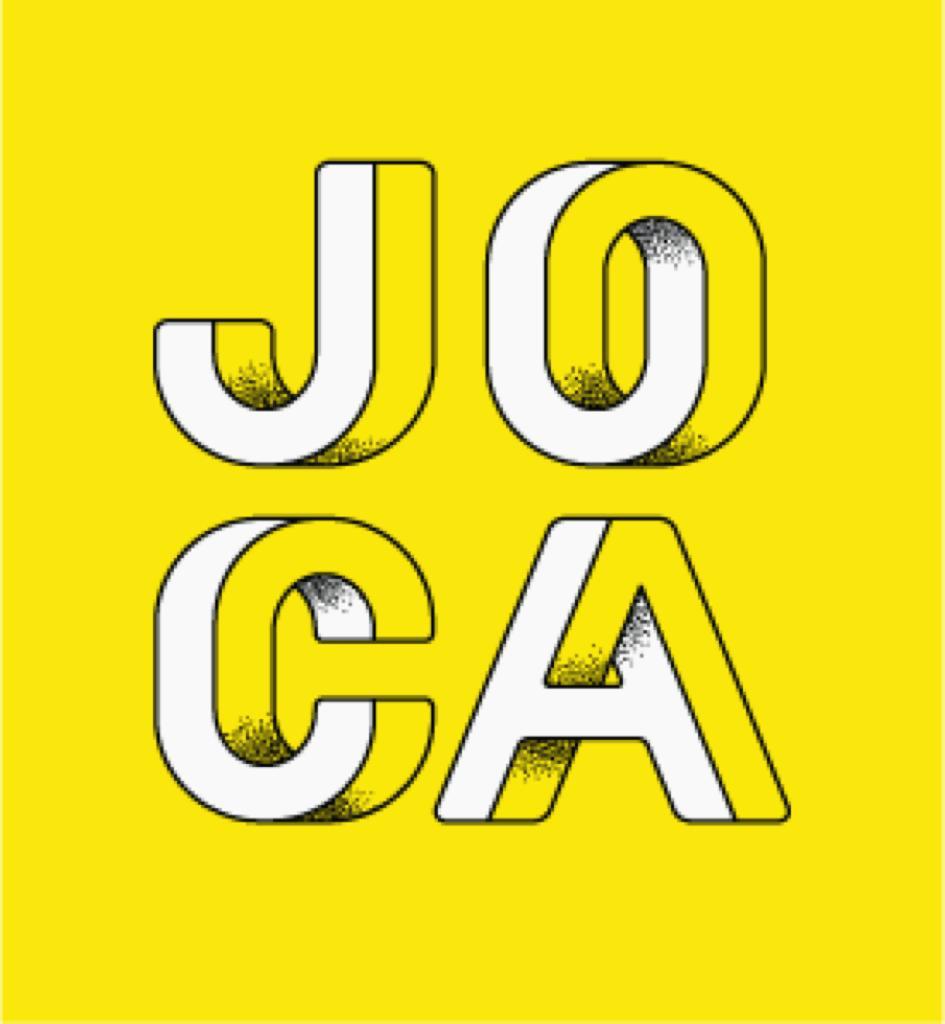



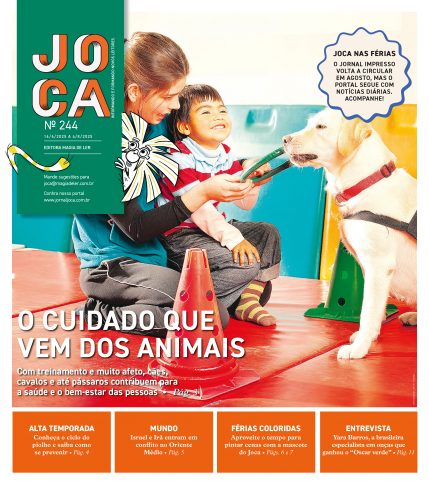

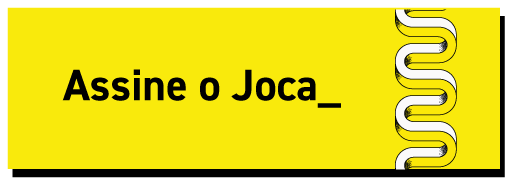
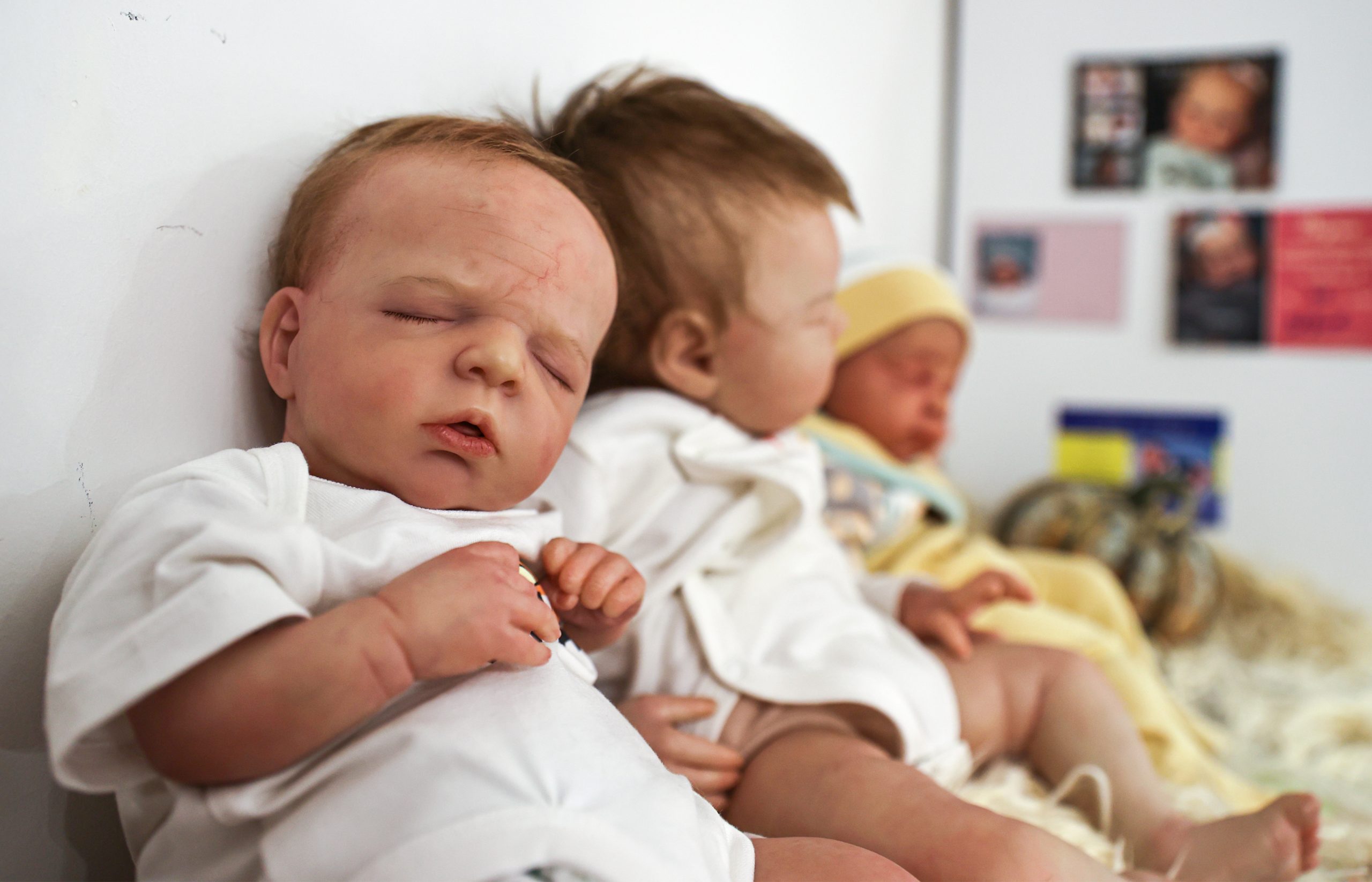

Você precisa fazer o login para publicar um comentário.